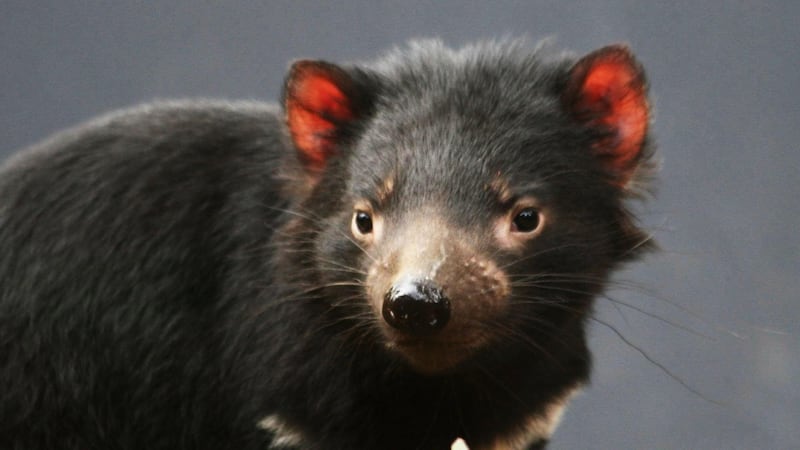A cancer that has devastated Tasmanian devil populations is unlikely to cause extinction of the species, a study has found.
Research from Swansea University suggests it is more likely that the disease will fade out, or that devils will coexist with Tasmanian Devil Facial Tumour Disease (DFTD).
The majority of devils infected by the disease are killed by it, with 80% of devils in the wild wiped out and a continuous decline of existing populations since DFTD was first identified.
An international team of scientists from the UK, Australia and the USA matched field epidemiological evidence from wild populations collected over a 10-year period with simulation studies.
This revealed that DFTD is unlikely to cause ongoing population declines of Tasmanian devils in the future.
The team say their work, published in the journal Ecology, offers hope that the species will not necessarily become extinct due to DFTD.
Dr Konstans Wells, from Swansea University, said: “Our findings suggest that immediate management interventions are unlikely to be necessary to ensure the survival of Tasmanian devil populations.
“This is because strong population declines of devils after disease emergence do not necessarily translate into long-term population declines.”
The disease, first discovered in north-eastern Tasmania, Australia, in 1996, causes tumours to form on the face and neck of the animal.
It spreads when devils bite each other’s faces during fighting and kills within six to 24 months.
Researchers conducted simulations of possible disease spread in devils.
The most likely scenarios included the disease fading out, or devils coexisting with it.
Dr Rodrigo Hamede, from the University of Tasmania, said: “With growing evidence that devils are showing signs of adaptation to DFTD and that so far the disease has not caused local extinctions, management actions targeted at understanding the devil’s adaptive strategies to cope with DFTD should be considered.
“Complete eradication of DFTD is not feasible, therefore studying the long-term interactions between devils and tumours will provide a realistic prognosis for the species and at the same time will help us to understand important evolutionary processes.
“This is particularly relevant given the recent outbreak of a new transmissible cancer – devil facial tumour 2 – affecting devil populations in south-eastern Tasmania.
“Devils seem to be prone to transmissible cancers, so studying epidemic dynamics and evolutionary responses to this type of diseases should be a priority.”








